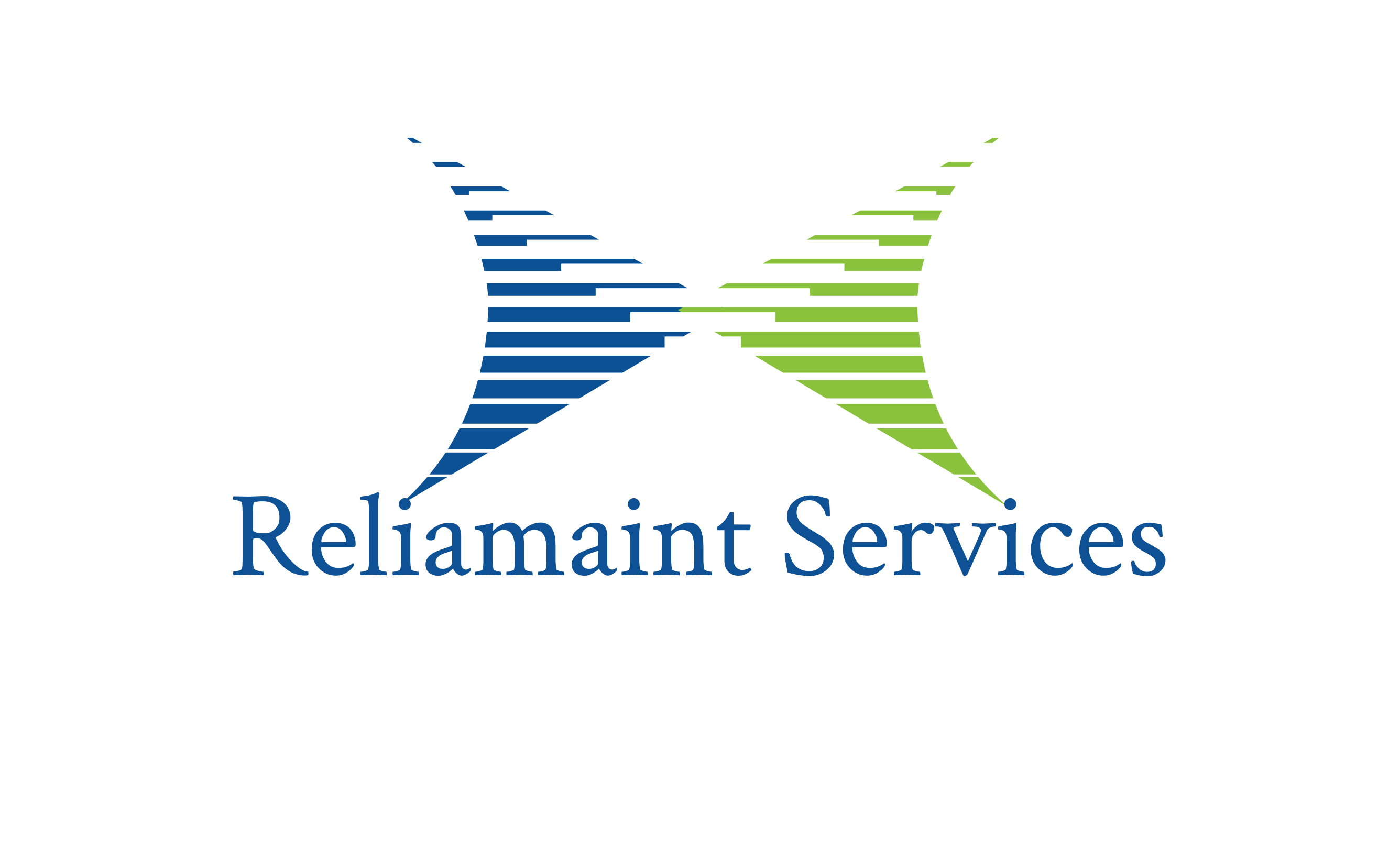Management
CMMS fear and adaptation
- 29 Jan. 2025
- 05 min read
The idea here is that a CMMS (Computerized Maintenance Management System) can sometimes be perceived as an unwelcome, disruptive force—almost like an "unknown intruder"—when first introduced into an organization. This can happen for several reasons:
Disruption to Established Routines: People working in maintenance or operations often have long-standing methods and workflows. A new CMMS may feel like it’s imposing someone else's way of working, unsettling the familiar, and introducing processes or data requirements that weren't there before. Employees may see it as an external, foreign element rather than an integral tool.
Perception of Complexity and Control: Because a CMMS involves data, analytics, and sometimes automated decision-making, it can seem overly complex or controlling. Workers might feel that it was designed by outsiders—people who aren’t familiar with the real, day-to-day challenges of their job. The system might come across as a “fragment of another person’s imagination”—something conceptualized in an office far removed from the field.
Fear of Being Replaced or Monitored: People may worry that the CMMS is there to track their performance or, worse, to replace human oversight with automated processes. This fear of surveillance or devaluation of expertise can lead to resistance, with employees seeing the CMMS as an “intruder” that disrupts trust within the organization.
Unsettling Change and Adaptation: Adopting a CMMS often requires new skills, changes in reporting, and adapting to digital interfaces. This can feel uncomfortable, like an unfamiliar entity that doesn’t align with their experience or intuition. The CMMS can seem like an impersonal system that imposes new demands without considering the nuances of their established workflows.
Loss of Autonomy: Workers may feel that a CMMS takes away some of their autonomy by prescribing specific maintenance schedules or requiring specific data entry. This can make them feel like the system was designed by people who don't fully understand the flexibility and adaptability required in field operations.
In summary, without careful introduction, training, and support, a CMMS can feel like an unknown intruder, disrupting the status quo and unsettling employees. To overcome this perception, it's essential to involve users in the implementation process, address their concerns, and show them how the CMMS can complement their expertise rather than replace or monitor it.
